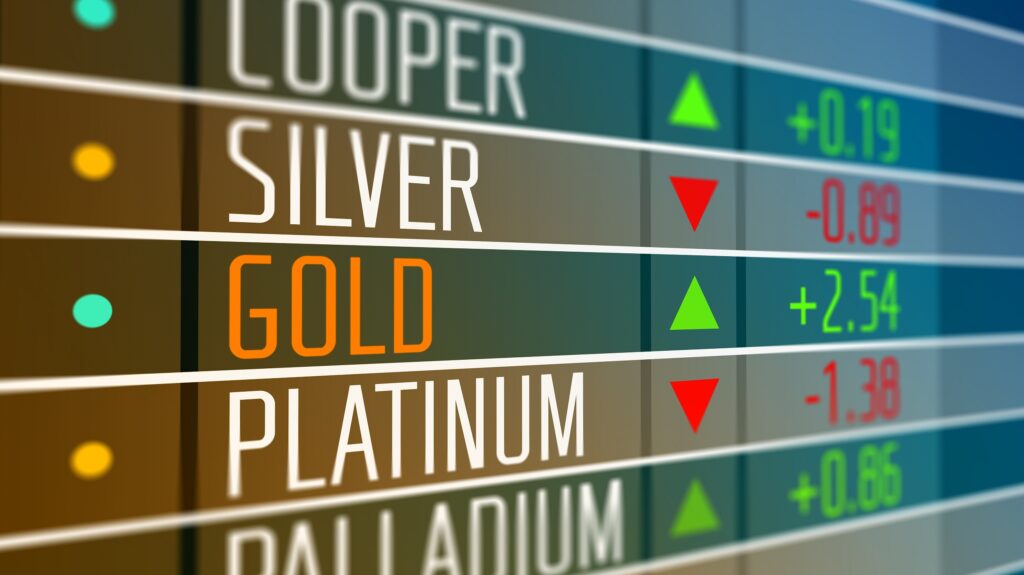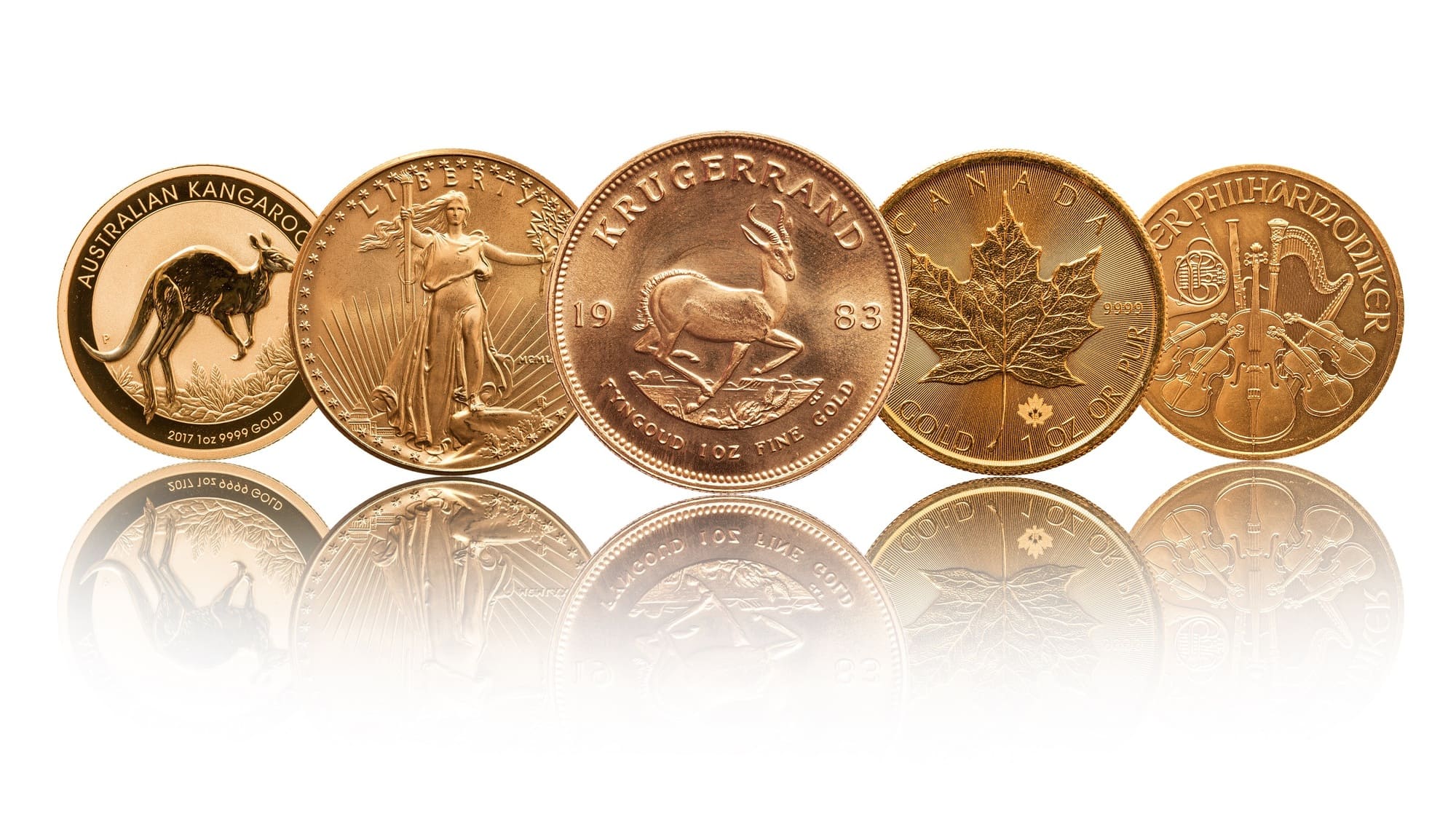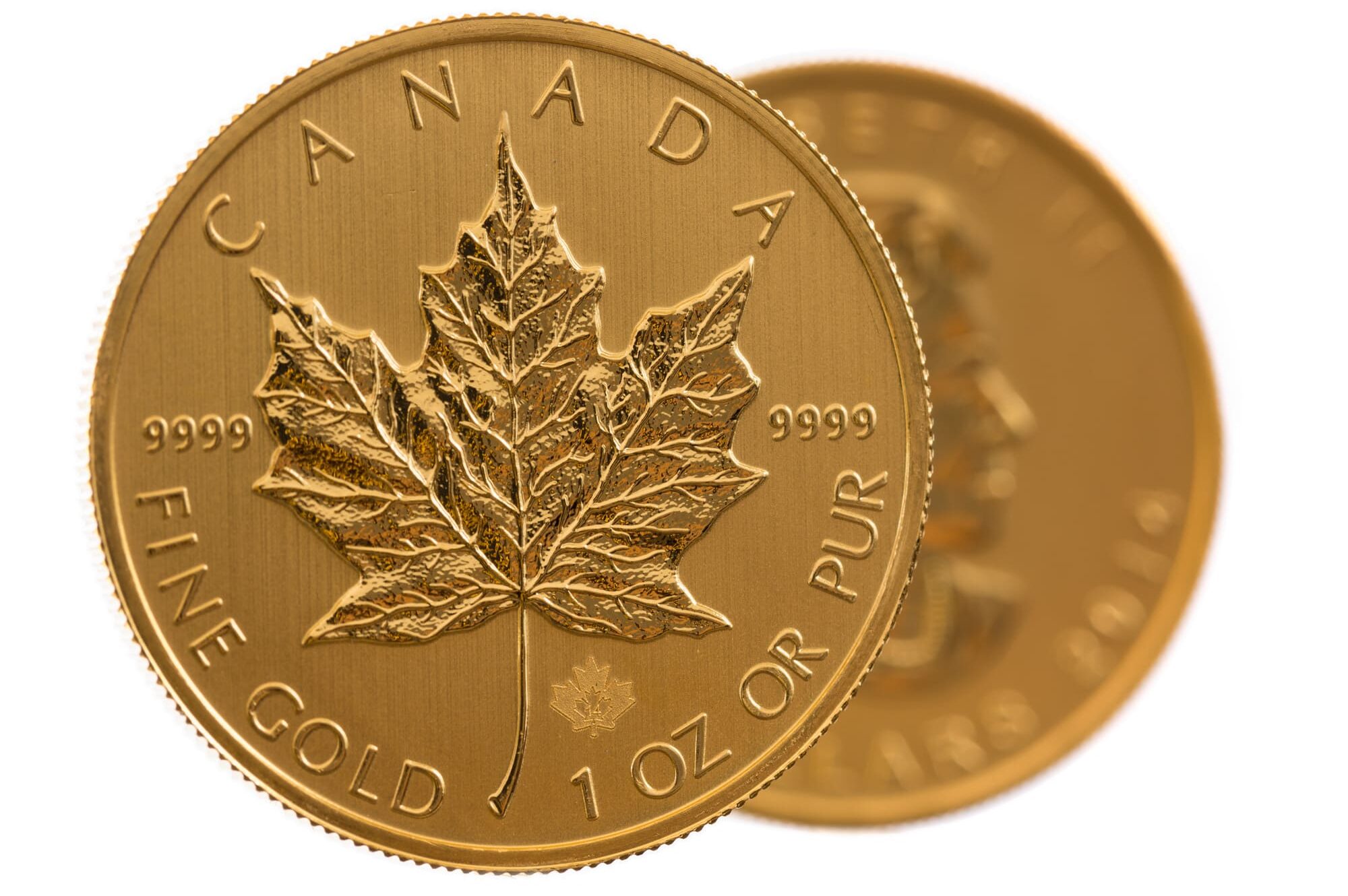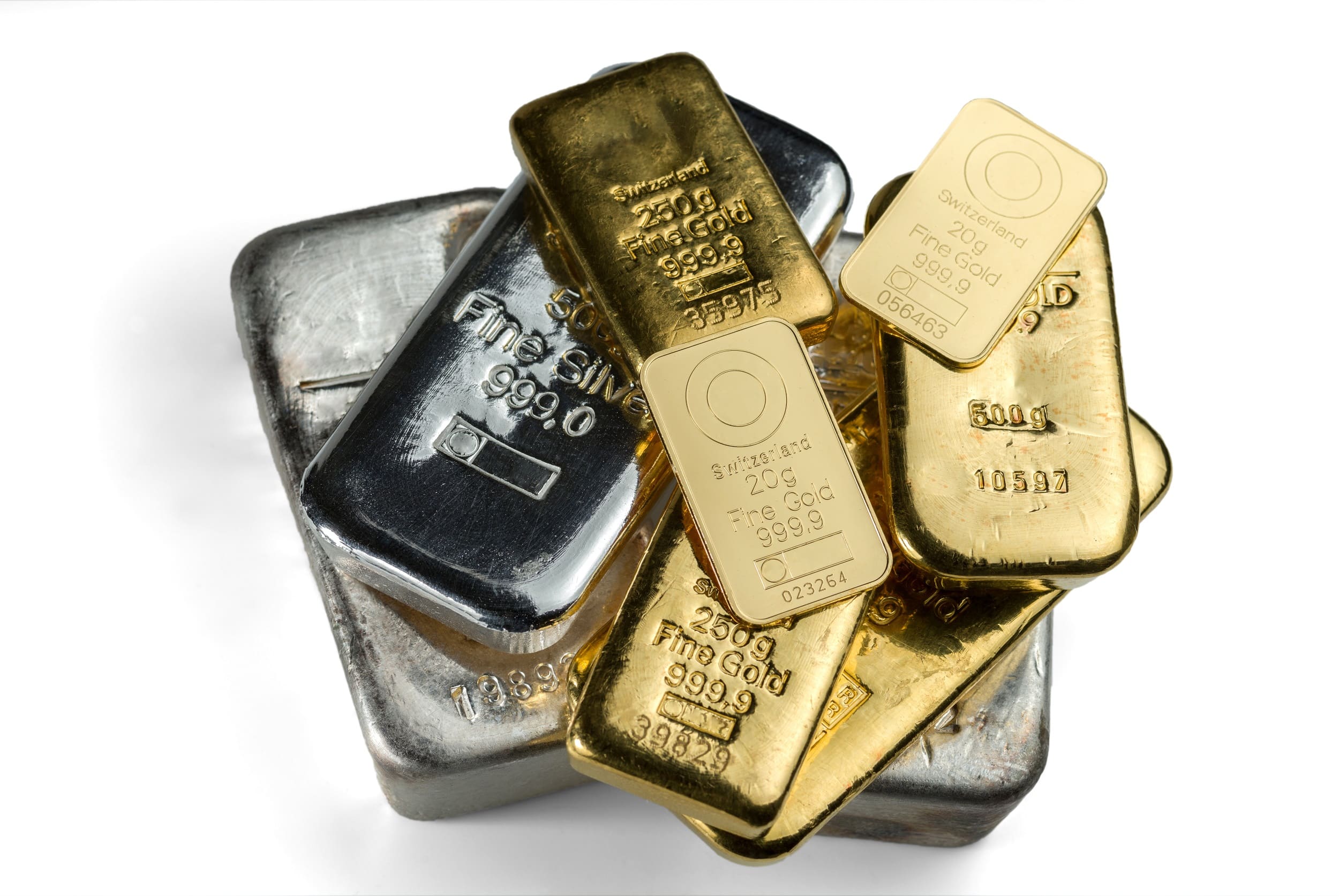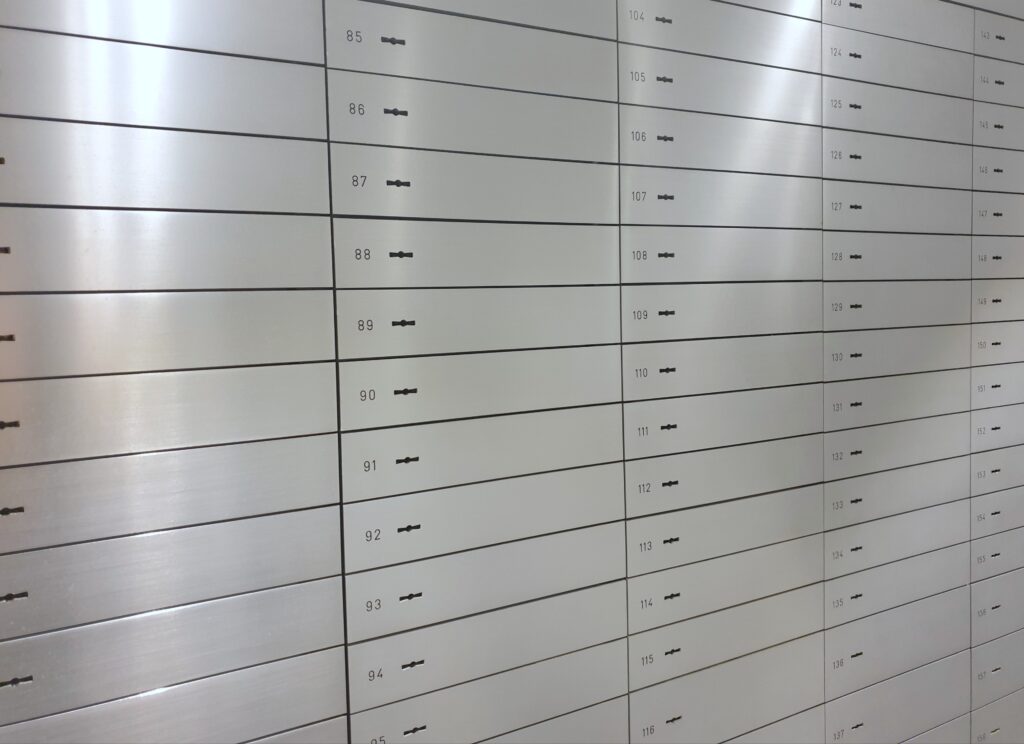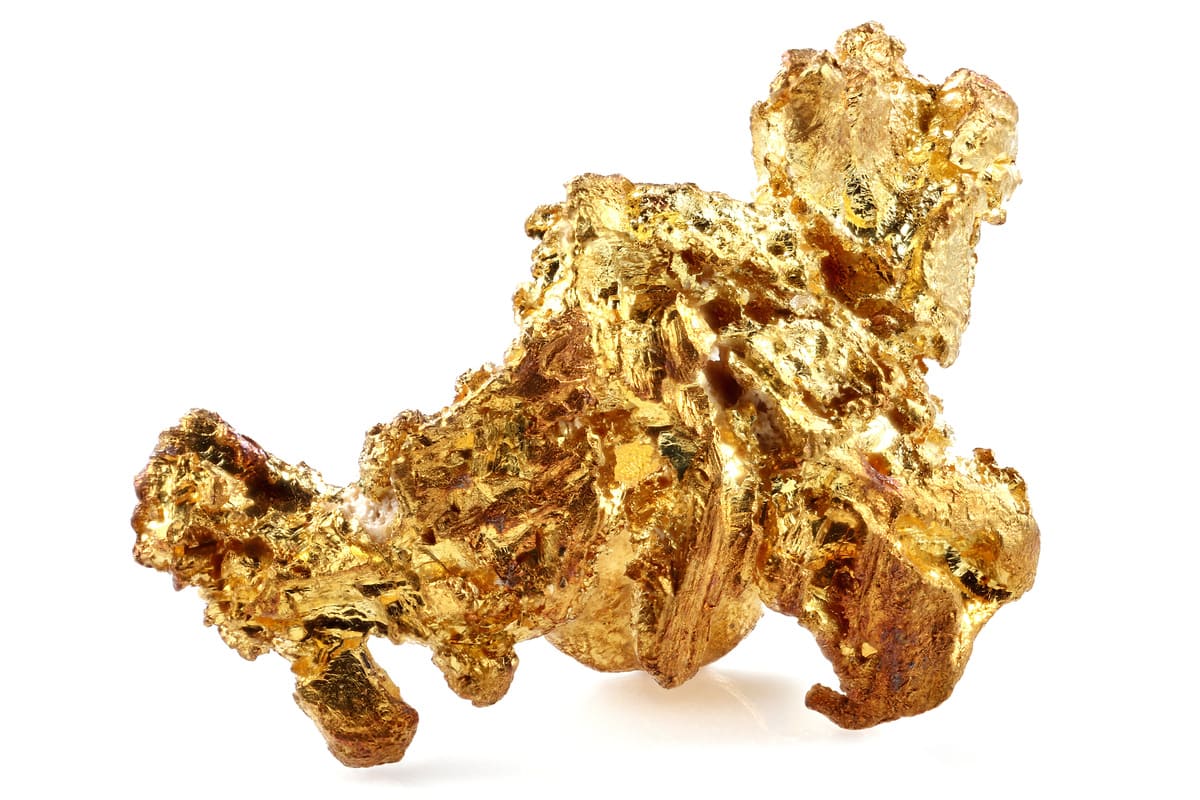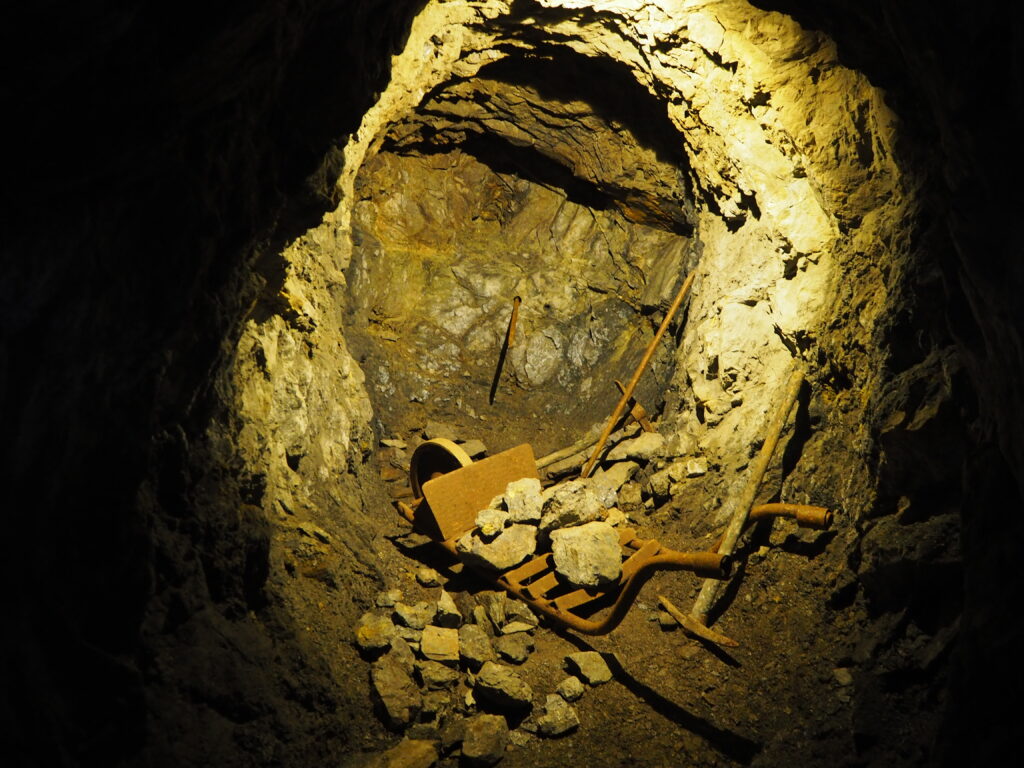Palladium bars: Core information about their history, palladium essentials, optimal purchase and storage
Additional information > Investment forms for gold, silver, platinum and palladium > Buy palladium bars & arrange smart, secure storage
When it comes to buying precious metal bars, many prospective investors are inclined to consider gold bars as their primary option. Only after that do they look elsewhere, at which point alternatives such as silver bars or platinum bars often come into focus. But there is another interesting choice: palladium bars. The fact that this is a relatively unknown option may seem a little surprising at first glance. After all, palladium is a rather scarce and valuable precious metal that is particularly sought after in an industrial context. That’s reason enough to take a look at the history of palladium bars, identify the most important information, and give those who may be interested in palladium some tips on purchasing and storing this commodity.
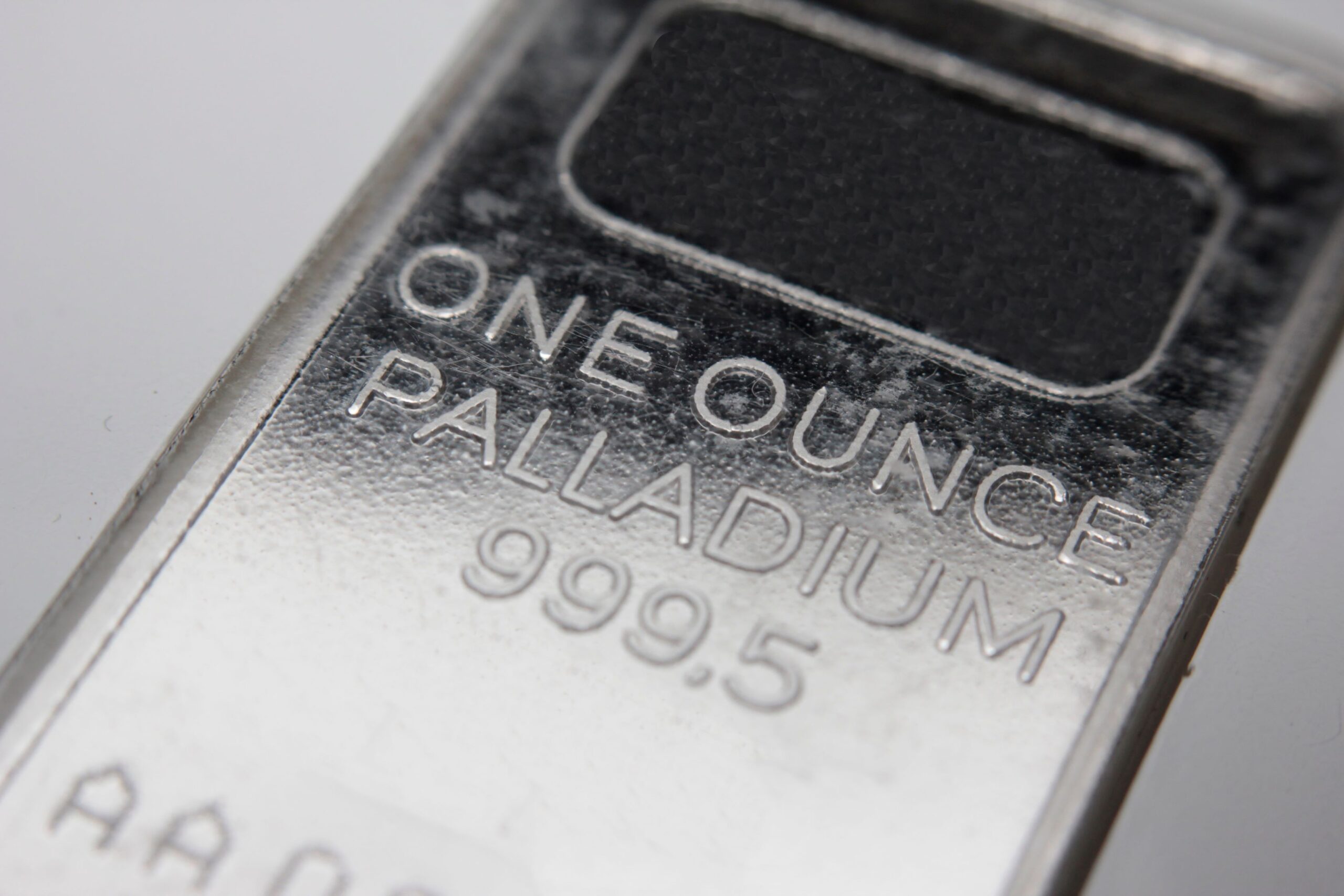
© corlaffra - stock.adobe.com
How long have palladium bars been available?
Anyone with some background knowledge of precious metal bars will know they have been around for several millennia. However, these early artefacts were mainly gold or silver bars – the history of palladium bars is far more recent. It was an English chemist who first discovered this precious metal at the beginning of the 19th century. Yet palladium can also be found as a component of alloys used in ancient pieces of jewellery made by South American natives. However, the very small proportion of palladium discovered in these pieces argues against any conscious use. Some considerable time would elapse after the discovery of palladium before it was distributed in the form of bars. The first palladium bars were probably created at least half a century ago, with the Swiss companies Valcambi and PAMP (Produits Artistiques Métaux Précieux) likely to have been among the first producers.
What are the different types of palladium bars?
Palladium bars can be differentiated according to various parameters. The fineness of quality palladium products is almost exclusively very high at 999.5/1000. Otherwise, the relevant distinguishing features are:
- Size
- Production method
- Producer
- Motifs
Size
Palladium bars are available in different sizes. The starting point is small palladium bars weighing 1, 10 or 20 grams. The standard bullion bars tend to be palladium ingots of 31.1 grams – i.e. one troy ounce – as well as 100-gram bars. Some providers also offer 50-gram bars and larger bars weighing 500 or even 1,000 grams are also available, with these latter sizes primarily used for industrial purposes. Palladium tablet bars, composites consisting of several individual bars usually weighing one gram each, are a particular speciality. Thanks to their predetermined breaking points, these tablet bars can be easily divided by hand without any loss of palladium material.
Production methods
Rather like other precious metal bars, palladium bars are produced by two basic methods. Smaller bars are usually created using a high-pressure process to stamp out the shape of the bar. Palladium coins are also made in a similar way. Alternatively, bars can be created using a casting process during which liquid palladium is poured into an ingot mould, where it is left to cool down before undergoing further processing as required. Thus, small bars are generally created by a minting process, while larger palladium bars are mostly created by casting.
Producer
The overall number of palladium bar producers has increased in recent years. Manufacturers who are on the London Platinum and Palladium Market (LPPM) list enjoy a special status. These include:
- Argor-Heraeus (Switzerland)
- Heraeus (Germany)
- Johnson Matthey (USA and Great Britain)
- Metalor Technologies (Switzerland)
- SAXONIA Precious Metals (Germany)
- Sibanye-Stillwater (South Africa and USA)
- Valcambi (Switzerland)
Palladium bars made by companies that were once on the LPPM list, but have since stopped production, are also popular. This includes the German company Degussa, for example.
Motifs
Motifs play a much smaller role in the presentation of palladium bars than is the case for palladium coins. However, some manufacturers add certain additional graphics alongside their brand logo and data concerning weight, purity and, of course, a serial number. PAMP played a pioneering role here, as it claimed to be the first precious metal company to decorate the back of its own minted bars. Their Lady Fortuna design, which was introduced and legally copyrighted in 1979, quickly became a distinctive feature. However, unlike palladium coins, it is hard to claim there is any real collector market for palladium bars with specific motifs.
The case for buying palladium bars
Palladium is a sought-after industrial metal and a primary component of modern catalytic converters. It is also used in medical technology, the chemical industry, and as a raw material for jewellery. The associated demand has to be met by a supply that has more than just regional limitations. Palladium deposits are comparatively more limited in quantity than platinum or gold deposits and are mostly concentrated in South Africa and Russia. Palladium bars are also considered to have a high intrinsic value, thus enabling the storage of larger values in a relatively small space. However, caution is still advised because the market price of palladium tends to be quite volatile at times. According to financial experts, this precious metal may be considered suitable for diversifying and stabilising portfolios in certain circumstances and in specific scenarios. This is based on the observation that its price performance differs from that of many other classic investment products. A palladium holding can thus serve to counterbalance any tendency for the components of an investment portfolio to all perform in a uniform manner. And when compared to palladium coins, the surcharge on the pure material value of palladium bars is also lower – a feature which is especially true for larger bars.
The case against buying palladium bars
In the opinion of many financial experts, palladium is best considered as a small portfolio addition rather than as a stand-alone investment. This is because, historically, palladium has typically displayed a high degree of volatility. Depending on the timing of a palladium-bar purchase, investors might realise a profit or otherwise incur a heavy loss. The purchase of palladium bars is also subject to a VAT levy. Although the VAT rate is 8.1% in Switzerland, it rises to 19% in Germany, for example. This puts the silvery precious metal at a distinct disadvantage compared to investment gold, which can be purchased VAT-free.
How can prospective investors best acquire palladium bars?
To guard against acquiring poor quality, or even counterfeit palladium bars, we generally recommend purchasing precious metal bars only from a trustworthy precious metal dealer. In Switzerland, Echtgeld AG – a specialist retail trader of precious metals since 2010 – is a good example of a reliable source. Prospective investors should be particularly careful if they encounter palladium at bargain prices or palladium bars without identifying markings. Bars from companies currently on the LPPM list are particularly recommended for this very reason.
How should palladium bars be optimally stored?
To have your palladium bars stored securely, and save money at the same time: That can sound almost too good to be true. Yet it is possible – simply by arranging storage in an open bonded- or duty-free warehouse in Switzerland. That’s because VAT-free storage is completely legal in such circumstances. Swiss Gold Safe can offer this service, which is especially practical for our clients, thanks to our collaborative business arrangement with Echtgeld AG. This enables investors to conveniently purchase precious metal bars and have them delivered direct to a duty-free- or open bonded warehouse. Professional storage is then implemented ex-VAT in a high-security warehouse with the additional benefit of allocated & segregated storage arrangements.
Summary:
- Palladium bars are less common than gold, silver or platinum bars.
- Palladium bars first came onto the market over half a century ago.
- Palladium bars are available in various sizes from 1 to 1000 grams and are produced either by minting or casting.
- As with palladium coins, the advantages include (limited) diversification options and value appreciation potential, as well as appreciably high demand in relation to a potentially limited supply.
- However, palladium is a volatile option whose purchase is generally subject to VAT.
- Swiss Gold Safe can arrange secure, VAT-free safe storage of palladium bars in open- or bonded warehouses in Switzerland.


